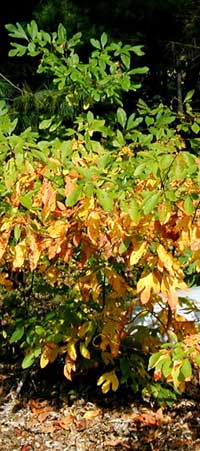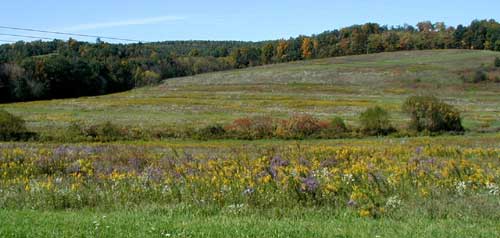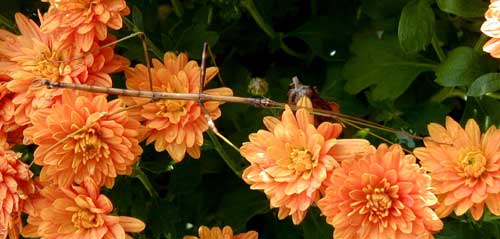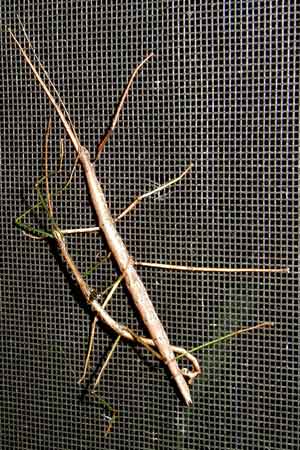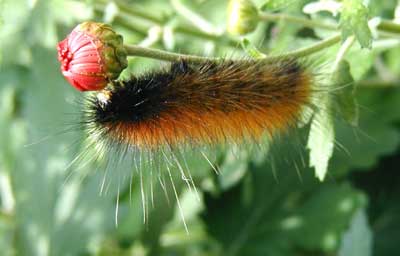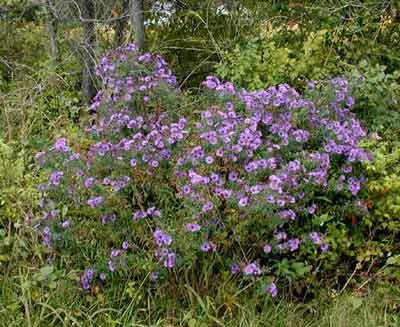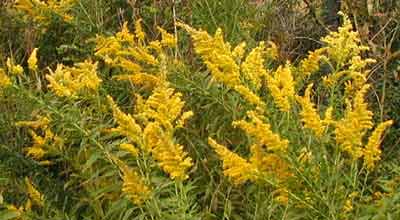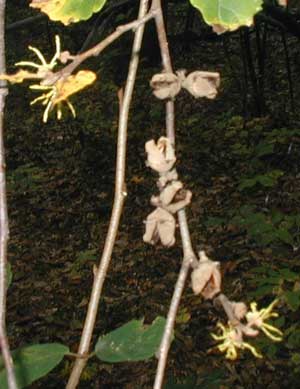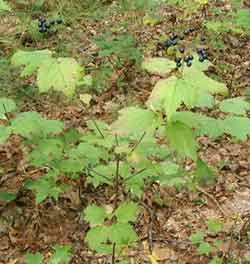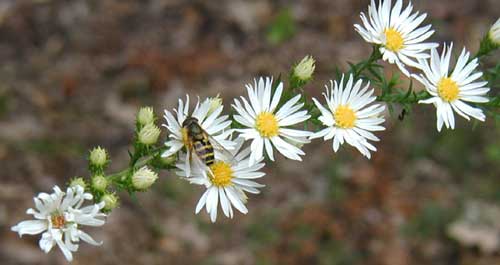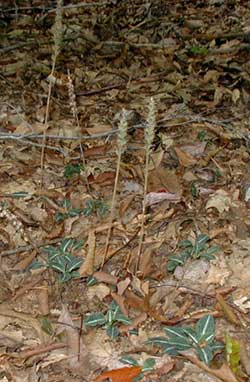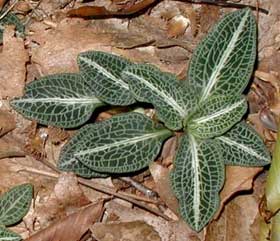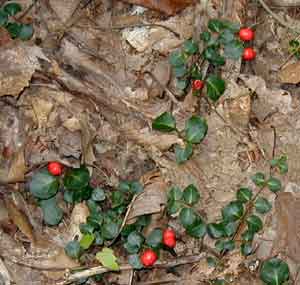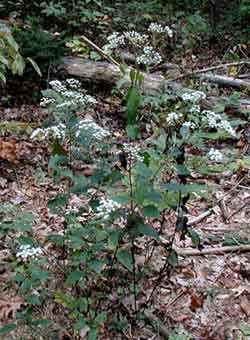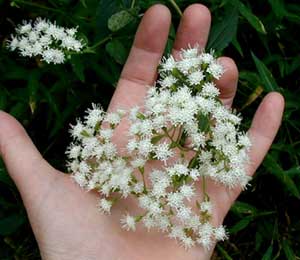We’re in Amish country today. Just look around and you’ll see horses pulling buggies or carts. Youngins – always wearing hats – go most places on bicycles or on foot.
Farmers’ markets and their womens’ bakeries have something for everyone. What a delight!
It’s always fun to go to the local market when you’re traveling about. Here’s a great Amish market a few miles south of Selinsgrove, Pennsylvania. There are a couple places along this stretch of Routes 11/15 where you can purchase Amish-made quilts — just look for the quilts blowing in the breeze!
After viewing and purchasing some of the apples, pumpkins and other home-grown vegetables, we move on to the Bakery.
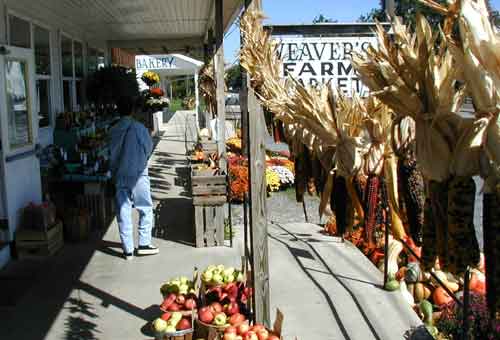
Guess where she’s headed! Shoe-fly pie, anyone?
And who wouldn’t be delighted working across the highway from such a beautiful river front view?
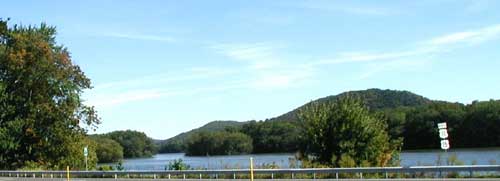
The Susquehanna River as viewed from across Routes 11/15 at Weaver’s Farm Market.
If variety is the spice of life, then it would be good to be a gourd! Check out the different colors and textures of these gourds.
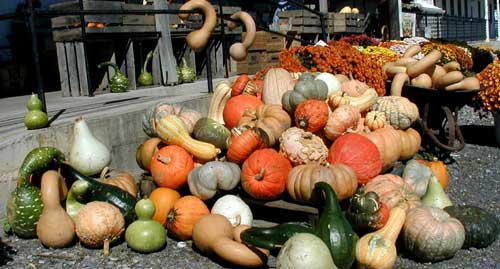
Can’t imagine using that old wheelbarrow for anything but a display!
This Indian Corn tells the season, doesn’t it? The variety of colors makes it a great addition to seasonal decorations.
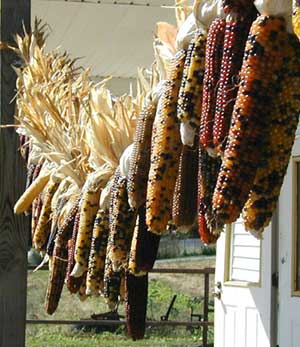
Indian corn hanging at the farmer’s market.
Talk about variety — Chrysanthemums are now available in so many colors. It would be a shame to not have at least one or two for a splash of fall color outside your doorstep. Look how many blossoms are on this mum — you can’t see any green!
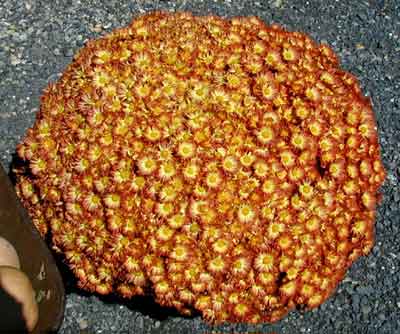
Chrysanthemums are available in many autumn colors. This one has a multitude of blossoms.
In Zone 5 it’s a coin toss as to whether they will overwinter, but try planting a few mums anyway. They make for nice cut flowers that are fairly long lasting.
